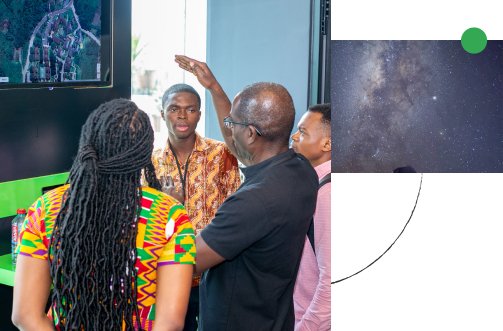Machine Translation
Machine Translation is an excellent example of how cutting-edge research and world-class infrastructure come together at Google. We focus our research efforts on developing statistical translation techniques that improve with more data and generalize well to new languages. Our large scale computing infrastructure allows us to rapidly experiment with new models trained on web-scale data to significantly improve translation quality. This research backs the translations served at translate.google.com, allowing our users to translate text, web pages and even speech. Deployed within a wide range of Google services like GMail, Books, Android and web search, Google Translate is a high-impact, research-driven product that bridges language barriers and makes it possible to explore the multilingual web in 90 languages. Exciting research challenges abound as we pursue human quality translation and develop machine translation systems for new languages.
